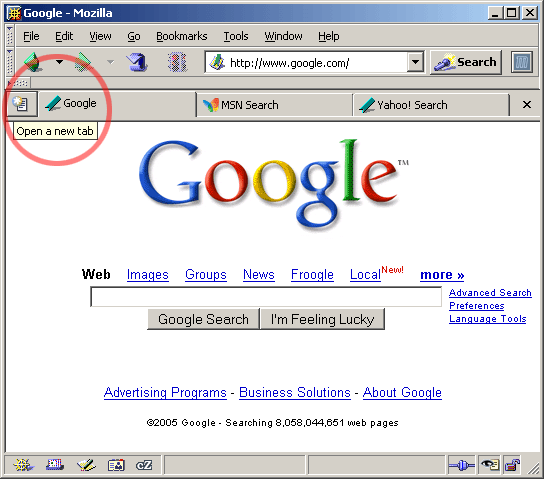

Choose the More Tools option and hit Extension at the top right corner of the Chrome page.Ĥ.

Tap the Google Chrome menu that looks like three horizontal lines, vertical lines, or dots.ģ. First, download and install the IE Tab Chrome extension.Ģ. Now, by adding Chrome extensions, you need to activate ActiveX.ġ. How to Activate ActiveX via Chrome Extension Note: Check out the guidelines on how to Activate Flash on Chrome in two different ways. There are two ways to activate ActiveX on Google Chrome, the first method is using Chrome Browser, and the other is through Extensions. However, now you can enable ActiveX on both Google Chrome and Mozilla Firefox. By default, ActiveX only works on certain apps that were made by Microsoft, including Internet Explorer, PowerPoint, Excel, Word, and more. It is used to create customized and distributed applications. Via Mozilla Firefox – Launch the browser → search for ActiveX → Install Plug-ins → Open Mozilla Firefox → Choose Tools → Select Ad-ons → Hit Plugins.ĪctiveX is a software designed by Microsoft that allows software apps to share information and functionality.Via Chrome Extension – Download IET Extension → Menu → More Tools → Extensions → Plugin download folder → Drag the Plugin → Tap Add.On Chrome – Launch the Chrome → Hit Menu → Choose Settings → Select Advanced → Go to System Setting → Tap Open Proxy Setting → Launch Security tab → Choose Custom option → Enable the option → tap Ok.


 0 kommentar(er)
0 kommentar(er)
